Maybe you know that the Moon moves away from the Earth about 3.8 cm a year. But do you know why?
It is possible that the first thing that crosses your mind is the following: if the Moon moves away ... how far was it when it formed? It is not completely clear (there are details that we do not know) but there is a pretty well defined limit. It had to be between 20,000 and 30,000 km could not be less than 20,000 km, or Earth's own gravity would have destroyed it. Similarly, the impact of Theia, an object of a size similar to that of Mars, is unlikely to be so strong that fragments expelled into space would end up farther away.
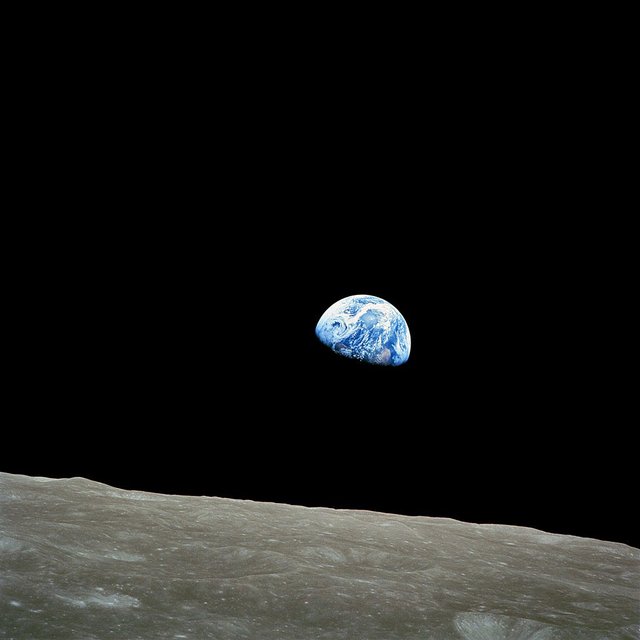
So we can assume that the Moon was formed about 25,000 kilometers. We also know, thanks to different evidences, that the days have not always lasted 24 hours. In the past they were shorter. How much shorter? Well, it depends on the moment of the past that you want to know. Thanks to fossils we can know that, at the beginning of the Carboniferous (350 million years ago), the days lasted just under 23 hours. How do we know? The answer is in the corals. Or rather, in their fossils. They have a daily and seasonal growth cycle that growth makes them form bands. Something like rings that form in the trunk of a tree. By counting those bands, it is possible to know how many days I had a year. The figure is 385 days, and does not indicate that the Earth took longer to go around the Sun. It rotated faster.
The more we travel to the past, the more complicated it is to determine the duration of a day. In South Australia, thanks to the study of sedimentary rocks, it was determined that, 620 million years ago, one day lasted 21.9 hours, and we could continue ... (image: coral fossil)

At the time of formation of the Moon, one day should have a duration of about 6 hours. Since then, in these 4,500 million years, the Moon has gone to 384,400 km (on average) and the length of the day has multiplied by four. In the Carboniferous, the Moon was 371,100 km. That is, 13,300 km closer. In such a way that, if you could see the firmament at that time, surely you would not notice any difference in its size compared to the current one. But, why does it happen? Why does the Moon recede and the Earth slow down? The answer is gravity. You already know that the Moon is responsible for the tides. Its severity causes the level of the ocean to rise and fall daily. Actually, the gravity of the Moon affects the entire planet, also the solid surface, but it is a much weaker and imperceptible effect to the naked eye. Earth also does the same on the Moon. The gravity of our planet deforms it. In our case it does not happen, but Jupiter, for example, has its satellite Io so close that the deformation to which it is subjected makes it hot and has many volcanoes. So, if we could see it from space, we would see that the Earth has two tidal bulges (Tidal bulge, in English) that, seen from space, would look similar to this image. One would be in the direction of the satellite, and the other in the opposite direction.
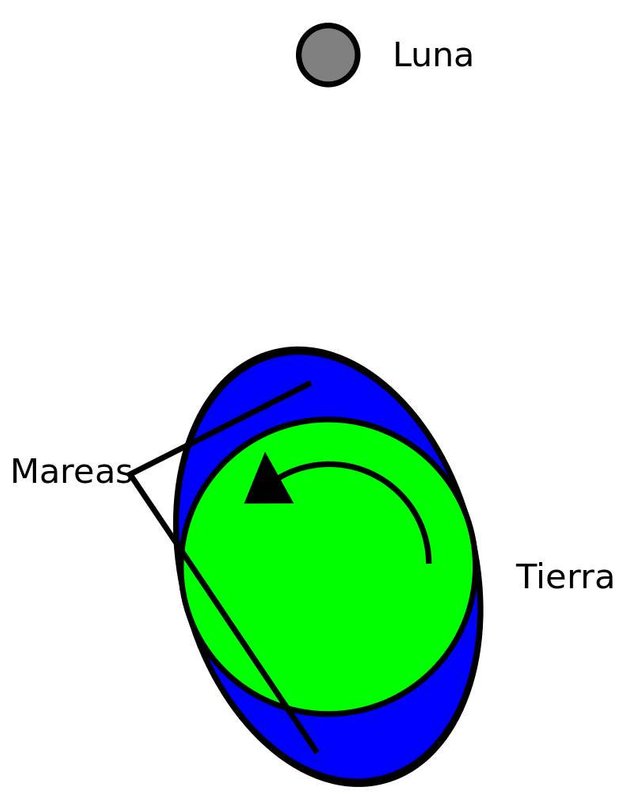
Look closely at the illustration, you will see that the protuberance is not aligned with the position of the Moon. The closest part is slightly ahead, and the furthest protrusion is somewhat behind. Imagine there was an axis between the Earth and the Moon and you would see that a considerable part of the protuberance closest to the Moon is ahead of the satellite. What causes this? Well, a gravitational exchange that makes the Moon accelerate in its orbit. As if there was an invisible string that pushes it to keep pace. Because the nearest protuberance has a greater effect than the furthest one. So the Moon accelerates in its journey. That, in turn, has a double consequence that is somewhat strange. On the one hand, its orbit is enlarged. In astronomy, it is said that this acceleration "goes up", which causes the orbit to become wider and move away little by little, also causes, ironically, to move more slowly in its new path. At the same time, as it is an energy exchange, our planet is slowing down by that interaction.
Surely you know we always see the same face of the Moon. It takes both to turn around itself and complete its orbit (in about 27.3 days). It is a phenomenon called synchronous rotation. The smallest objects are the first to synchronize. The Earth is much larger than the Moon, and therefore, the gravity exerted by the satellite is much smaller, so for our planet it is a much slower process. There are also several satellites (Saturn and Jupiter for example) that are already in synchronous rotation.
Where does all this take us? The farther the Moon recedes, the less its gravitational influence on Earth's oceans, so little by little, that effect will be reduced. In addition, we must take into account the evolution of the Sun itself: In about 2,100 million years, the Sun will have grown, and its radiation increased, enough for the oceans of Earth to evaporate. That will make the main slowdown factor on the planet disappear, so it will be a process that will become much slower, but, suppose that did not happen. The Moon would not move away until it escaped the influence of the Earth. In the very distant future, it would be so far away that its gravity on the planet would be negligible (and not significant, as it is today). (Image: side away from the Moon).
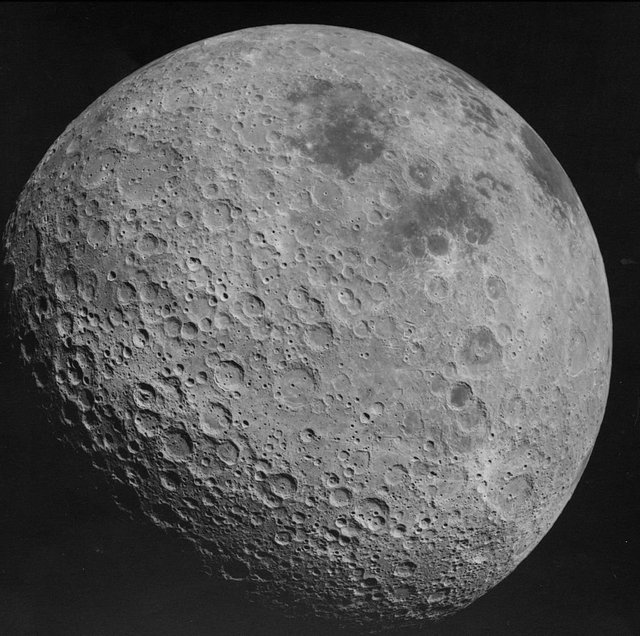
But that would happen in about 15,000 million years, while the Sun has about 5 billion years of life left
On a shorter time scale (but hundreds of millions of years) there is something that will be lost forever ... total eclipses. It makes sense, if you think about it. Our Sun grows (10% every 1,000 million years) and the Moon looks smaller as it moves away.
The calculations are a bit complex (we must take into account the rate at which the Sun grows, the speed at which the Moon moves away, how the surface of the Earth changes through the continents, etc.), but it is estimated that the last Total solar eclipse will be in about 620 million years.
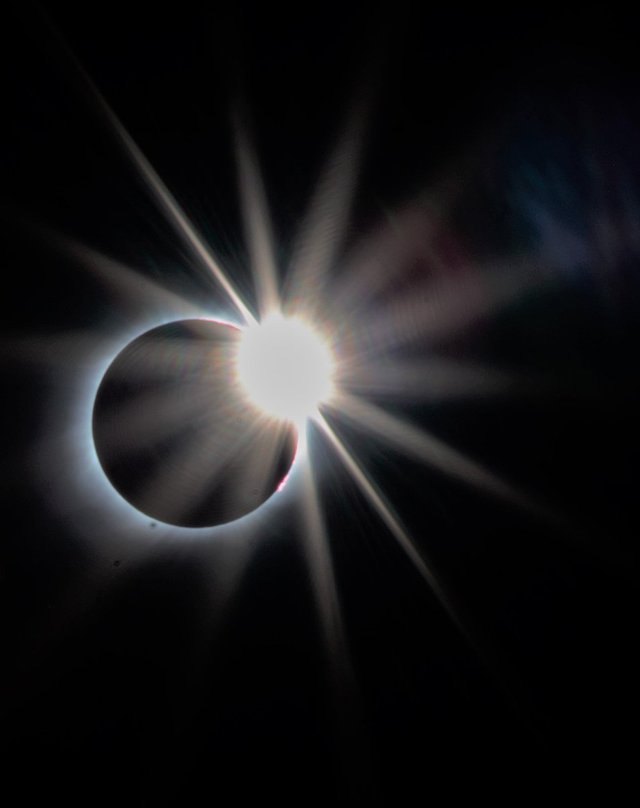
It's a long time in a human life, of course, but it lets us remember that the universe is not immutable. Something as spectacular as a total solar eclipse also has an expiration date. I do not know if at that moment there will be human beings. But, if so, I do not think they care. In the end, for them, without a doubt, traveling to other places in the Solar System will be as simple as taking a walk in the park for us. They will be able to see what they want. An eclipse of the Sun on Titan by the passage of Saturn? Why not, they'll just have to go there and see it.
With this I hope to have clarified some of the usual confusions. There will not come a day when the Moon stops orbiting the Earth and goes to orbit the Sun. In fact, not even a day will come when the Earth will be synchronized with the Moon. It is too slow, however, we can see that behavior elsewhere in the Solar System ... When the Earth synchronized, what would happen is that the Moon would be visible only from a certain place on the planet. He would always be at the same point in the sky, as if he were immobile. It is, exactly, what happens to Pluto and Charon. The two are synchronized with each other. In such a way that they are always, in the firmament of the other, in the same place and showing the same hemisphere. So it can only be seen from some places on Pluto (or Charon).
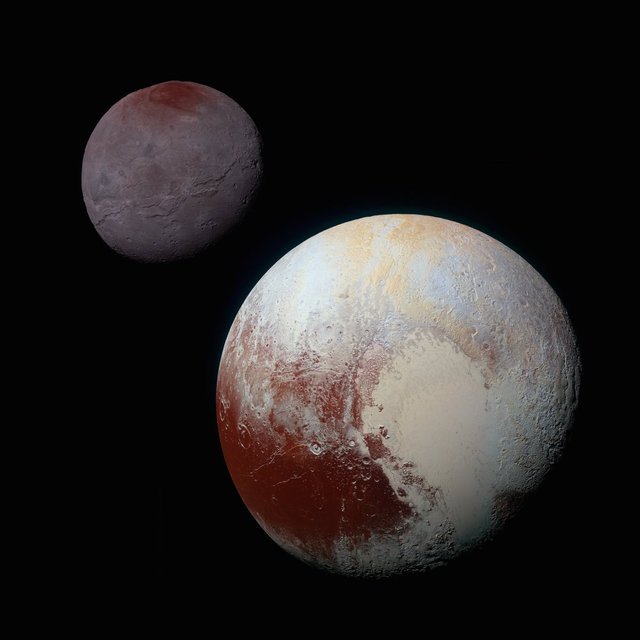
In short, the Moon moves away to 3.8 cm per year, but that pace will decrease in the future and, in any case, it could not be far enough to escape from the orbit of the Earth, nor will it synchronize with our planet , because it is a very slow process.
End.
Community of steemit this time I wanted to share a content of Alex Riveiro that I like as he talks about astronomy and in the future be sharing more of this interesting data ... See you later and Thanks
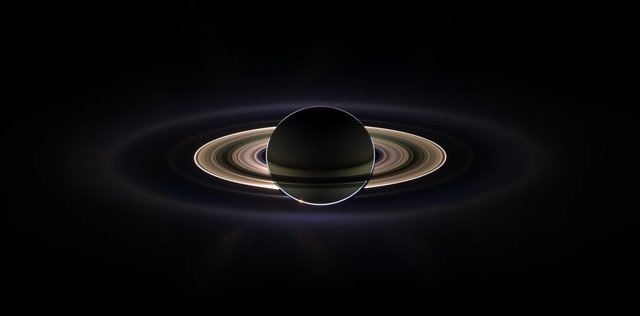
Source
Plagiarism is the copying & pasting of others work without giving credit to the original author or artist. Plagiarized posts are considered spam.
Spam is discouraged by the community, and may result in action from the cheetah bot.
More information and tips on sharing content.
If you believe this comment is in error, please contact us in #disputes on Discord